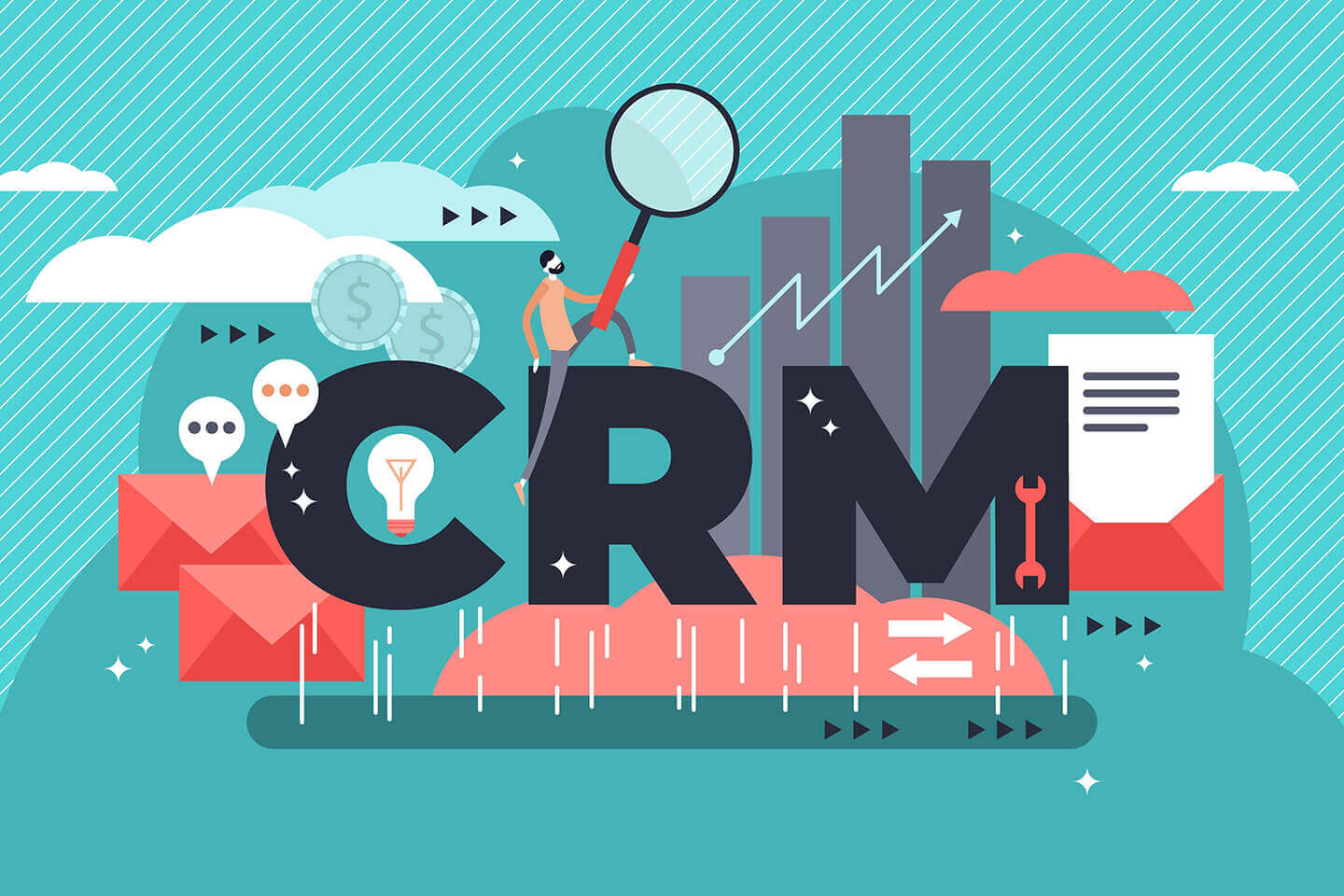Understanding and delivering a consistent, sustainable, and superior value proposition earns customer loyalty. This can only come from defining your target customers and identifying their painful problem, want or need. Your company’s CRM is perceived solely in the eyes of your customer. Here are 10 CRM questions to help define your customer opportunity.
10 CRM Questions to Change How You Think About Your Customer
1. What customer problem do you solve?
Start by knowing exactly why your customer buys from you and what problem they solve when purchasing your product or service.
2. How painful is their problem?
Customers buy products and services to solve problems, fulfill a need or satisfy a desire. The extent of customers pain need or desire drives their pursuit a comprehensive solution.
3. To what extent does your solution solve their problem?
We find that most organizations overestimate the value of their solutions and underestimate the value of alternative solutions. The extent to which your solution uniquely solves your customer’s problem is the extent to which your company can enjoy a profitable competitive advantage.
4. What other options does your customer have that solves their problem?
Most organizations possess inadequate knowledge of alternative solutions. Answers to this question often take leaders by surprise, as customers can be very creative in finding valuable ways to solve problems.
5. How well do you solve your customer’s problem versus other options?
You don’t have to have a perfect solution to win the competition game, but your solution must be better than all other options.
6. How much does your customer spend annually to solve their problem?
Once leaders understand their target customer and value delivered, they need to know how many of these customers exist and how often they will buy products or services that solve their problem. While leaders can usually site an impressive market size, they often don’t know how many real customers exist and how much they spend on solutions like yours over time.
7. What percent of their total spend is on your solution?
This question studies the untapped market opportunity. You want to find out where your solution falls in the scheme of customer choices and why.
8. Where does your solution fail your customer?
This question is typically one of the hardest to answer because getting customers to open up about solution shortcomings is not easy to do. It often requires third party involvement and sometimes the option of anonymity. Getting to the “real truth” is the foundation of breakthrough value proposition improvement.
9. What can you do differently to better solve your customer’s problem?
The answer to this question usually involves some version of improved communication, better listening, and faster responsiveness. Understanding the desired relationship a customer wants and then providing it can become a tipping point to achieving competitive advantage.
10. If your customer could get the solution they want, what would they want?
Based on answers to the questions above, you should now have acquired a good understanding of your customer and the problem that you solve. By removing existing barriers, you can now evaluate the potential ways to solve your customer’s problem better than available alternatives.
These 10 CRM questions will help any organization think differently. Organizations that clearly define customers and understand the value proposition of their products and services to those customers are more likely to create loyalty than those that ignore customer perceptions. Creating a strong value proposition requires substantial customer insight, thorough study, and an understanding of the real value of your company’s contribution to your customer’s business.

